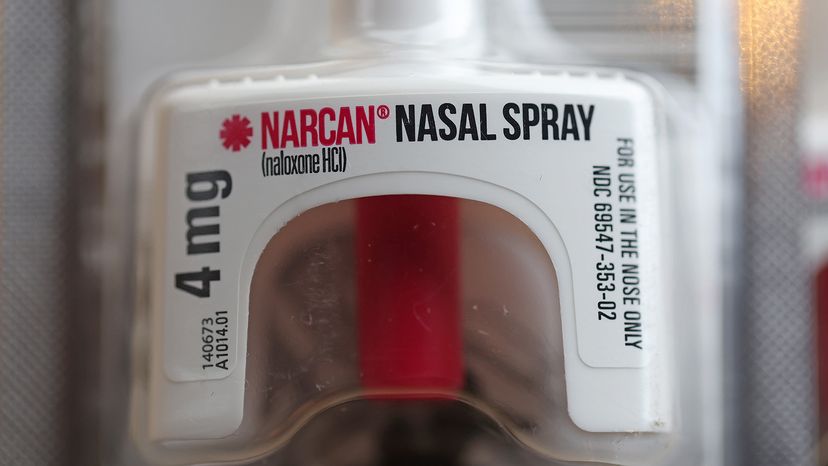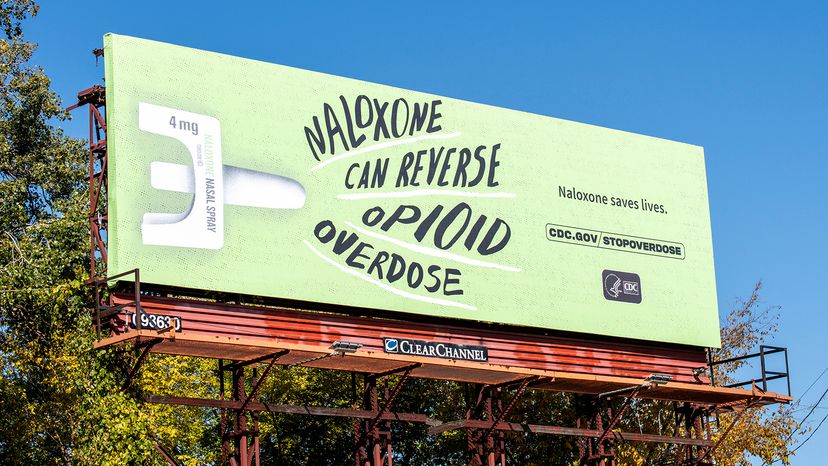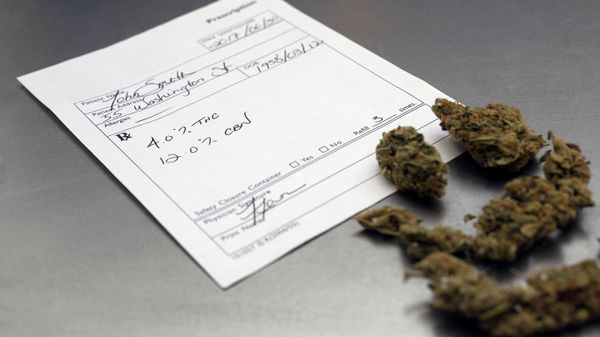
On March 29, 2023, the U.S. Food and Drug Administration approved Narcan for over-the-counter sale. Narcan is the 4-milligram nasal spray version of naloxone, a medication that can quickly counteract an opioid overdose.
The FDA's greenlighting of over-the-counter naloxone means that it will be available for purchase without a prescription at more than 60,000 pharmacies nationwide. That means that, for 90 percent of Americans, naloxone nasal spray will be accessible at a pharmacy within 5 miles (8 kilometers) from home. It will also likely be available at gas stations, supermarkets and convenience stores. The transition from prescription to over-the-counter status is expected to take a few months.
Advertisement
We are pharmacists and public health experts who seek to increase public acceptance of and access to naloxone.
We think that making naloxone available over the counter is an essential step in reducing deaths due to overdose and destigmatizing opioid use disorder. Over-the-counter access to naloxone will permit more people to carry and administer it to help others who are overdosing. Moreover, increasing naloxone's over-the-counter availability will convey the message that risks associated with substance use disorder warrant a pervasive intervention much as with other illnesses.
Deaths from opioid overdoses across the U.S. have increased nearly threefold since 2015. Between October 2021 and October 2022, approximately 77,000 people died from opioid overdoses in the U.S. Since 2016, the synthetic opioid fentanyl has been responsible for most of the drug-involved overdose deaths in America.

Advertisement
